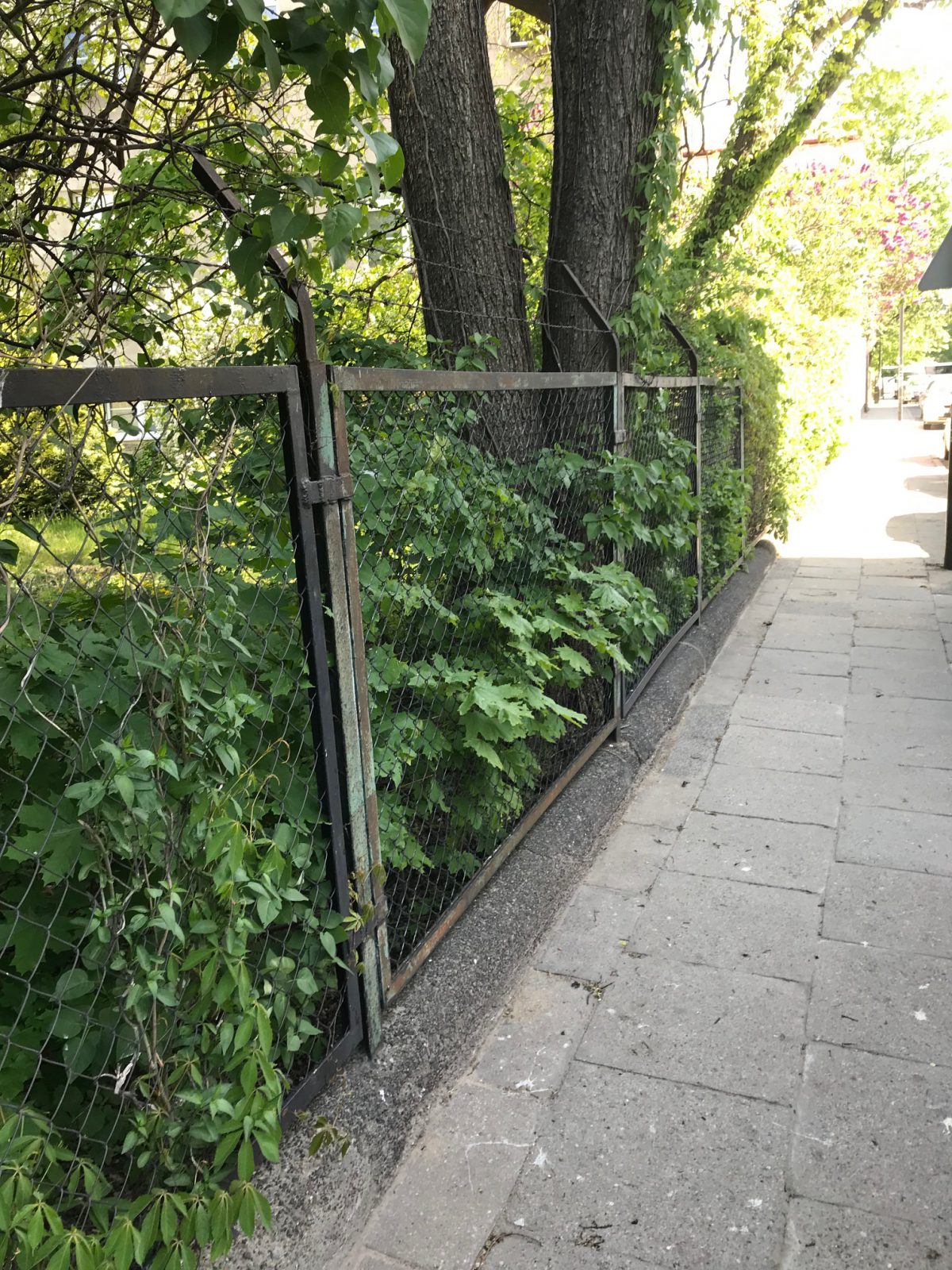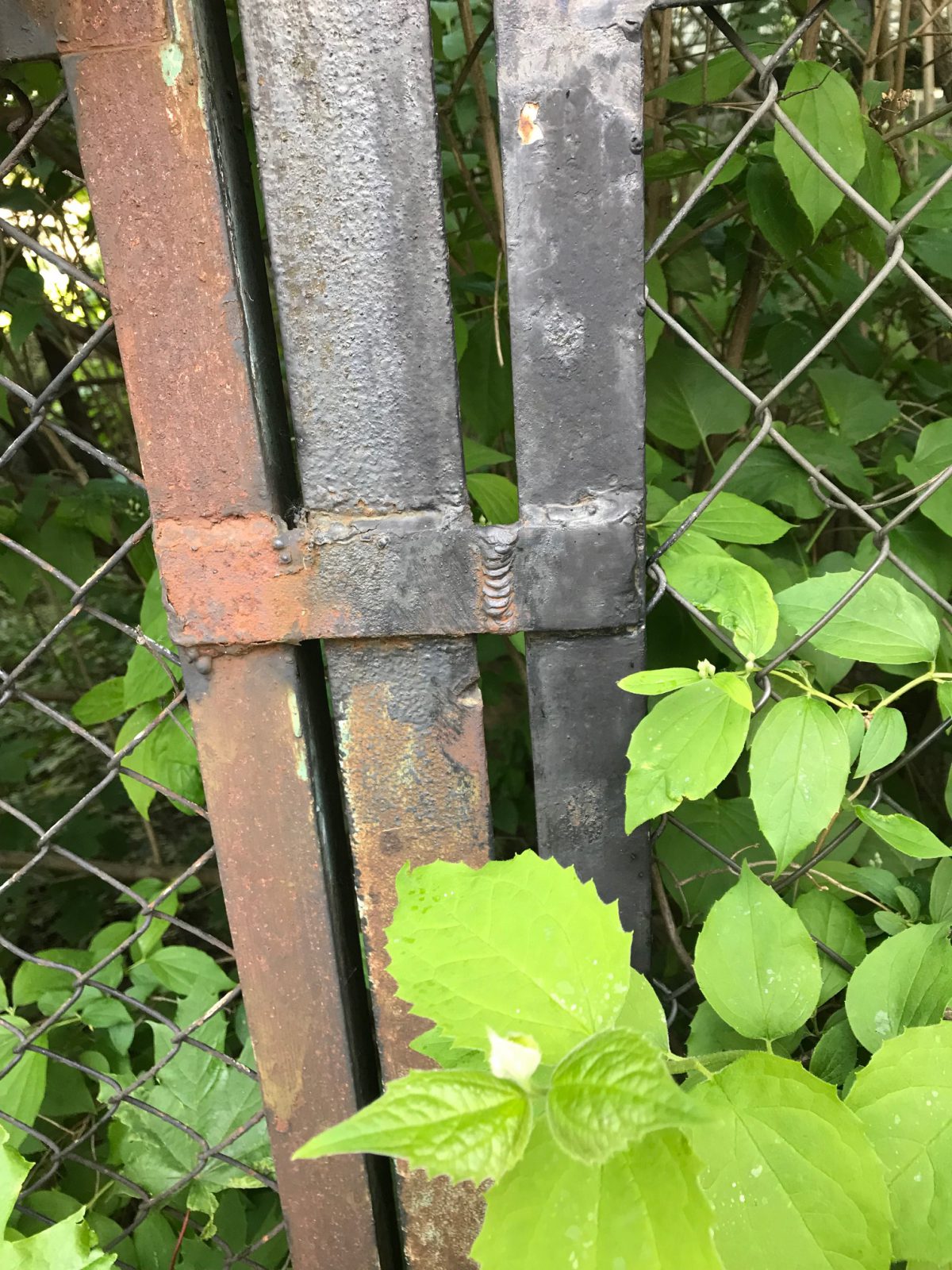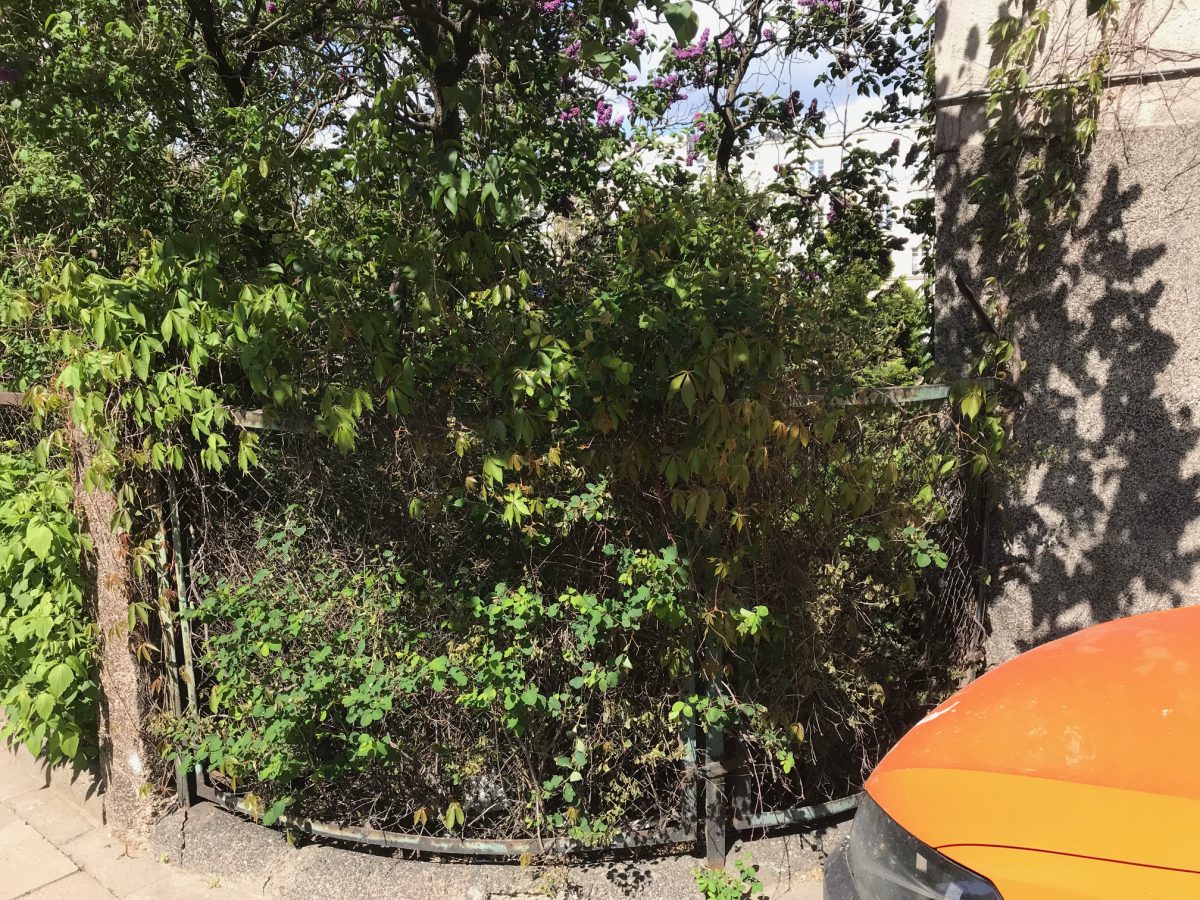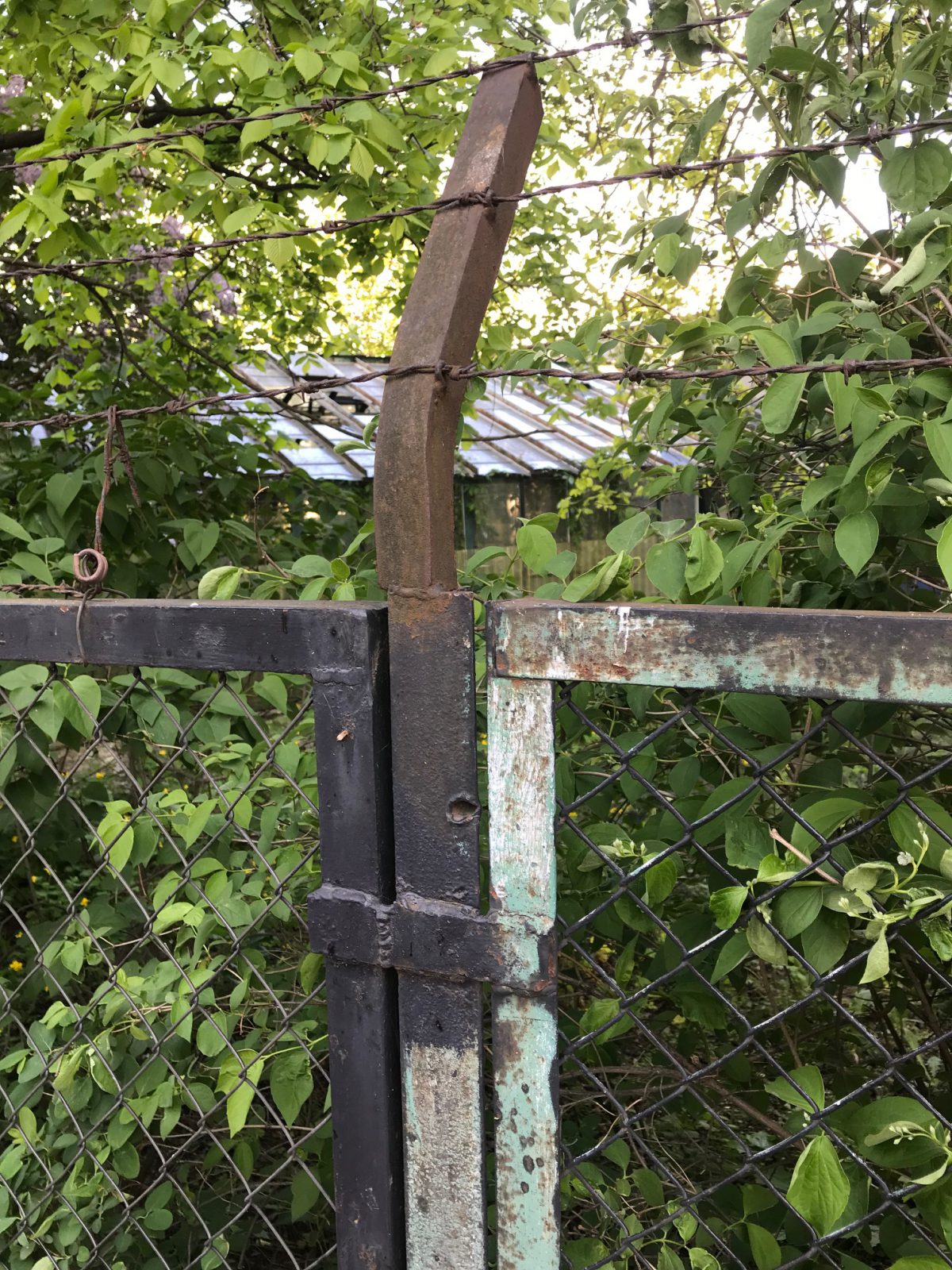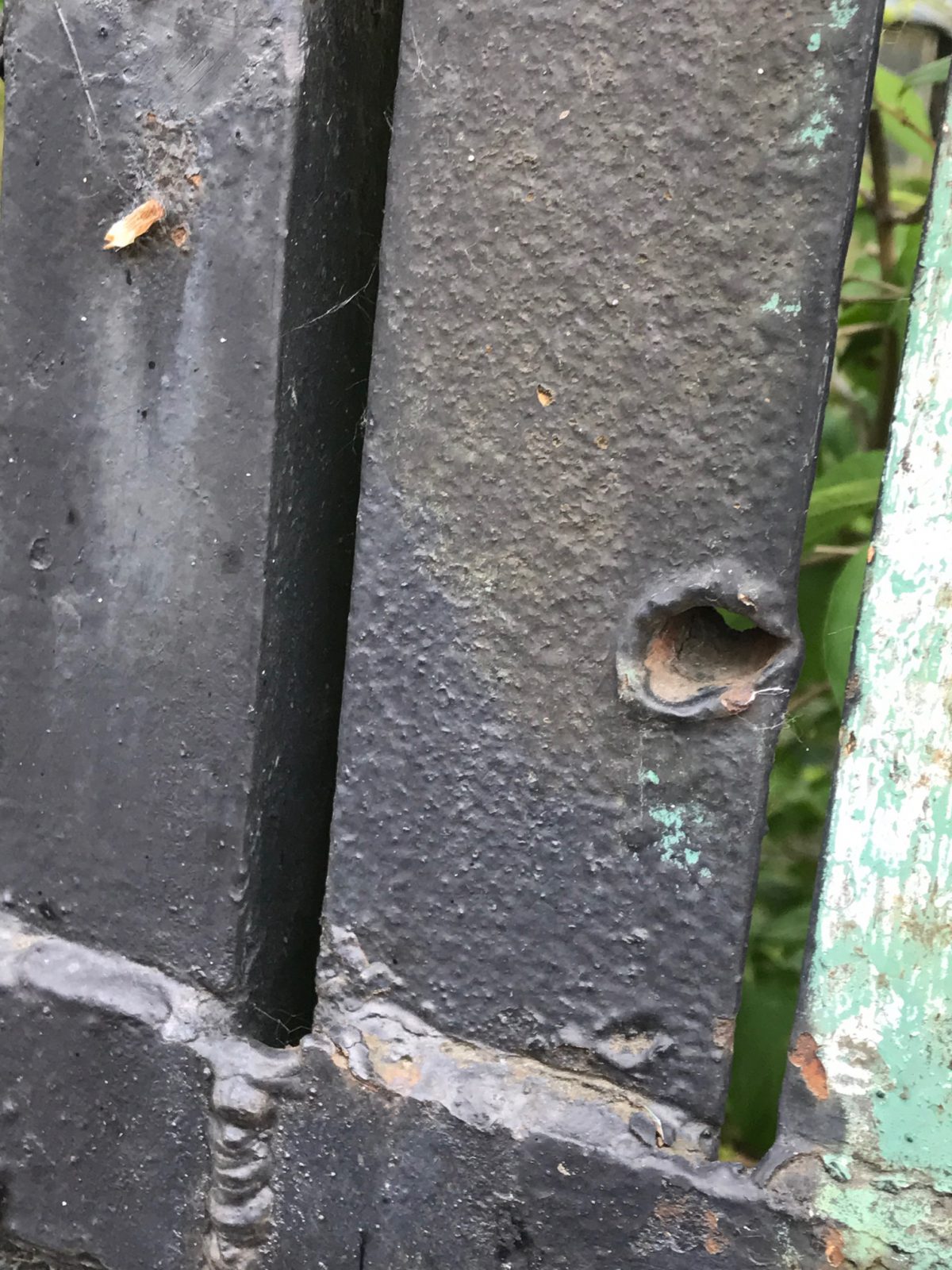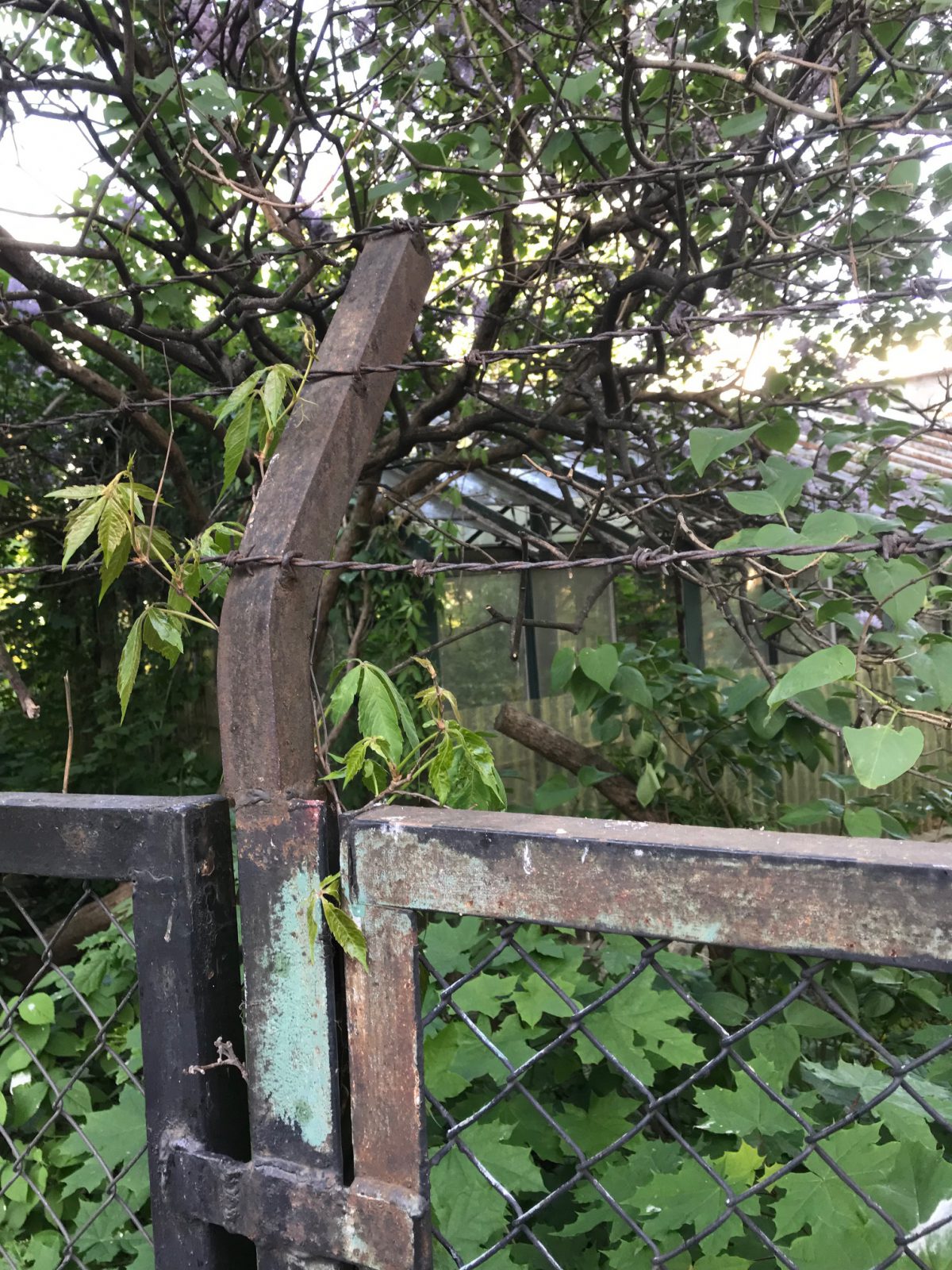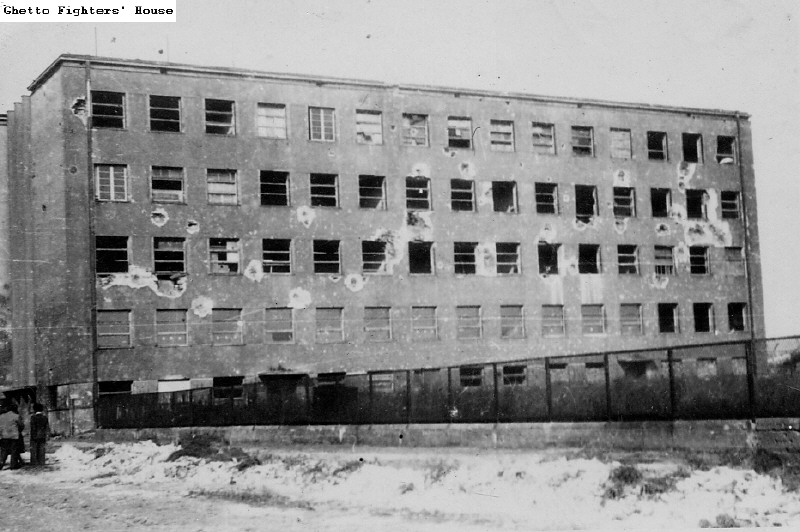The Silent Eyewitness in the Register of Historical Monuments
Thanks to the intervention of the employees of the Digital Collections Department of the Warsaw Ghetto Museum, the fence of the building of the Faculty of Psychology of the University of Warsaw has been a historical monument since November.
The building of the Secondary School Complex at 21 Stawki St. (today 5/7 Stawki St. was built in the years 1936–1937 and it was intended to house four schools Finally, schools nos. 153 and 175 were opened there. The authors of the modernist architectural design were Tadeusz Ćwierdziński and Roman Sołtyński. The constructed edifice fitted into the then modern trend of functional architecture. At the same time, a fence made from mesh in a frame with a concrete foundation, both from the side of Stawki St. and Niska St. was built.
In November 1940 the western part of Stawki Street found itself within the boundaries of the ghetto. In the beginning of the following year, its southern side was also added to it, along with the Umschlagplatz – a “reloading point” – constituting the ghetto’s customs border, changed on 22 July 1942 into a place of selection, gathering, and loading of the Jewish population into wagons heading for the Treblinka extermination camp. The former school edifice became the SS squad headquarters head which dealt with overseeing the deportations.
The building and fence survived the entire war, the latter was only damaged by bullet holes They were noticed by employees of the WGM’s Digital Collections Department – Senior Specialist Adam Wolniewicz and Specialist Piotr Aaron Lenartowicz – professionally sensitive to what has remained to this day from the pre-war urban infrastructure within the ghetto’s boundaries. Thanks to them, the fence of the building of the Faculty of Psychology of the University of Warsaw was included in the municipal records of historical monuments of the capital city of Warsaw under Id. No. WOL35270.
Photo: former school building in 1945 (Ghetto Fighters` House); contemporary photograph of the fence from the side of Niska Street, visible preserved cement foundation, the upper part of the fence with the barbed wire was made in the post-war years, condition as of May 2019 (WGM)
Anna Kilian
